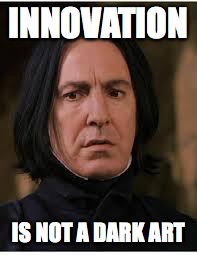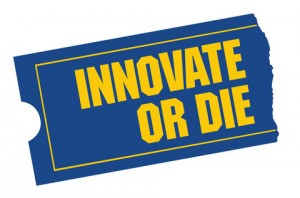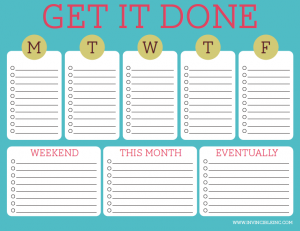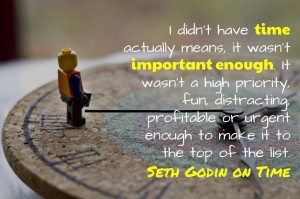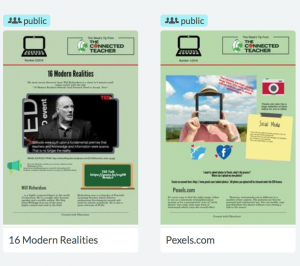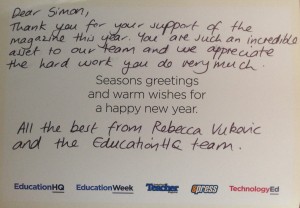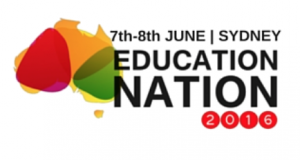So, it’s the second last day of Term One and this is my very first blog post for the year. I could make all the usual excuses but you probably all live them too! Once again I’ve come up with a somewhat elusive title for this post but I now consider that a duty to my long suffering readers. We hear a great deal about the 4 Cs; the four characteristics of “21st Century Learning” (hate that term!) and of course the 4 Cs of diamonds (can’t afford them on a teacher’s wage!) But now, let me take you through my 5 Cs of the past 11 weeks…
Coding: This year has seen the introduction of the compulsory Digital Technologies course in Year 8 and I’m one of the “truly fortunate” who get to teach it. The one lesson I’ve learned (frequently) is that the students have a lot to learn. The proliferation of digital devices has seen the irresistible move from “knowledge economy” to “user economy.” In just week two or three I discovered that I had a room full of students who didn’t know (or care) how the internet worked as long as they could keep using it. We made the internet out of cardboard, styrofoam, pegs, Lego, Play Doh, cable ties, string and straws… and moved on to coding. Surely they would all know some basic coding right! Wrong! Suddenly we were back writing algorithms to make toast with jam. We’ve done some basic work now in Pencil Code and Scratch but there’s a long (potholed) road ahead. Probably should mention that they also knew nothing about cloud storage or GUIs or binary …

Please; get serious!
Image Sourced from: http://bit.ly/2onrrWi
Coaching: As many of you know, I do like a good title and this year I’ve transitioned from eLearning Manager to Digital Advisor: Teaching and Learning. (Nice huh!) I’ve long struggled with finding the best mode of delivery for staff professional learning. Consider that dilemma solved … in 2017 I am available one lesson each day for 1-1 Peer Coaching in digital technologies. My colleagues have certainly taken to the idea of “Book a Session with Simon” as I’ve provided over 30 hours of personalised PD on a diverse range of topics. Why does it work? Because, as George Couros points out in his excellent book “The Innovator’s Mindset” … it’s all about moving teachers from “their Point A to their Point B.”
Constantinople: Where did much of my free time go this term? In reading (twice) the exceptional history of the “Ghost Empire” by Richard Fidler. Yes, I’m a technology geek and a History nerd. So (for Aussie readers) as Molly used to say, “do yourself a favour” and buy this thoroughly engrossing book. You might even want, as I did, to revisit the D.A.A.S. on YouTube. Yep, it’s that Richard Fidler who hung out with Paul McDermott and Tim Ferguson. This link will take you to some of their great Big Gig performances. http://bit.ly/2o4GROr
Celebrity: Last month, at the request of Criterion, I made a flying visit to Sydney to present at their conference, Improving STEM Education. I was afforded the opportunity to speak about “Creating a School Makerspace.” Below you’ll find a link to the SlideShare version of my presentation:

To see the full presentation go to
https://www.slideshare.net/simonmckenzie1/creating-a-makerspace
But, you ask, why celebrity? As I left the stage I was met by a Twitter follower who proclaimed is delight in meeting me face to face and added, “I’m a fan.” So, there you have it … I have a fan, just the one and I’ve met him!
Cassata: My greatest success this term … making good on my promise to make each Year 12 student in my home room a cake, by request, on their birthday. Lane wanted cassata and it was well received. That’s one down and six to go. Next up, lemon meringue pie.

